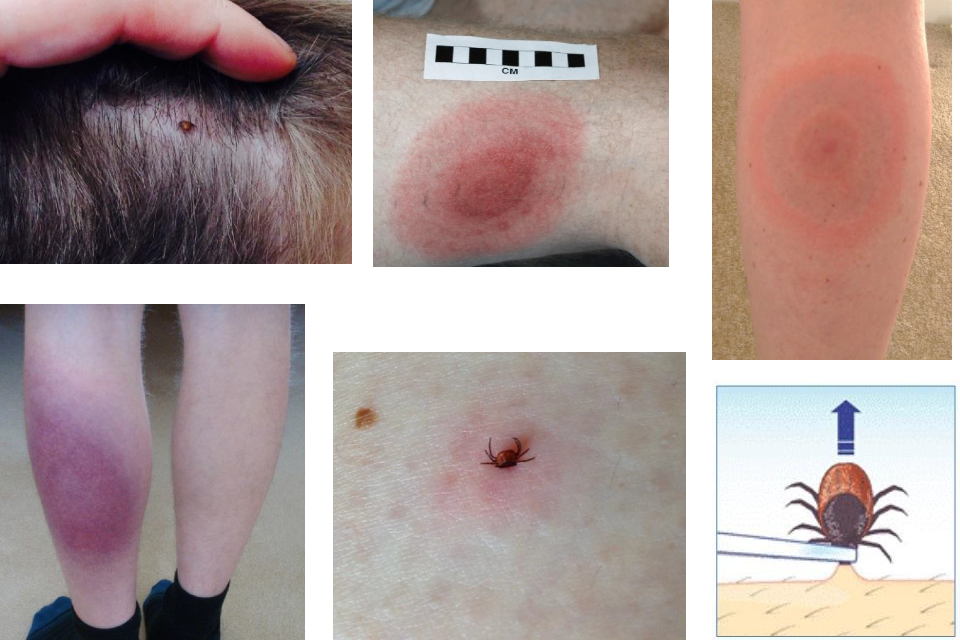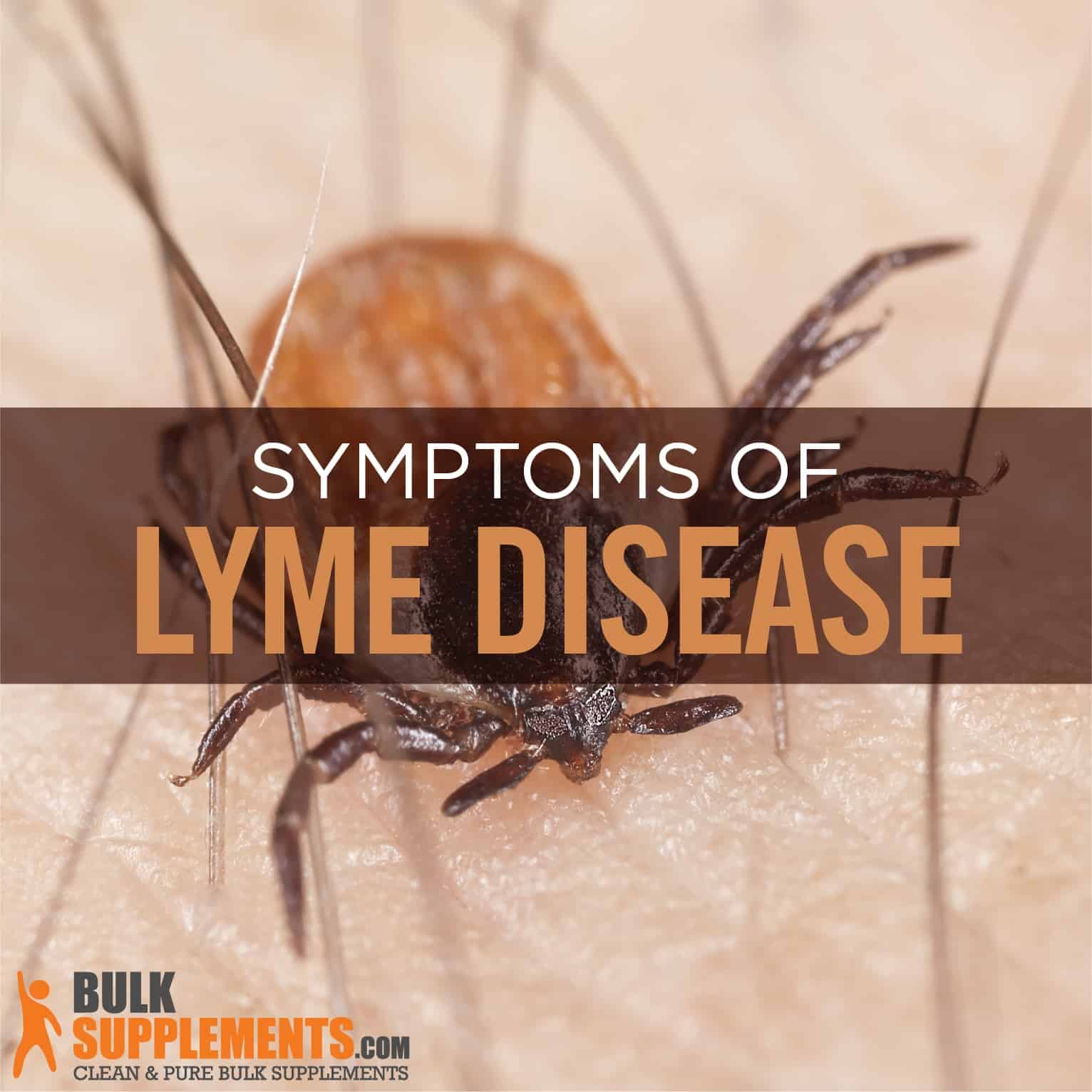Lyme disease is one of the fastest-growing infectious diseases in the United States and has garnered significant attention in recent years. With its complex presentation and varied symptoms, understanding Lyme disease is crucial for timely diagnosis and effective treatment. This article delves into the symptoms, causes, and treatment of Lyme disease, providing a comprehensive overview for those seeking to better understand this condition.
What is Lyme Disease?
Lyme disease is an infectious disease caused by the bacterium Borrelia burgdorferi, which is primarily transmitted to humans through the bite of infected black-legged ticks, commonly known as deer ticks. The disease is endemic in certain regions, particularly in the northeastern, north-central, and Pacific coastal areas of the United States. Its symptoms can vary widely, making it a challenging condition to diagnose and treat.
Symptoms of Lyme Disease

Understanding the symptoms of Lyme disease is vital for early detection. The symptoms can be categorized into three stages: early localized, early disseminated, and late disseminated.
1. Early Localized Stage

This stage typically occurs 3 to 30 days after a tick bite and includes:
- Erythema migrans: A distinctive “bull’s-eye” rash that appears at the site of the tick bite.
- Fatigue: A general sense of tiredness that can be debilitating.
- Fever: Mild fevers are common during this stage.
- Headache: Often described as a mild to moderate headache.
- Muscle and joint aches: Generalized pain that may mimic flu-like symptoms.
2. Early Disseminated Stage
If left untreated, the infection can spread to other parts of the body, leading to:
- Multiple erythema migrans: More than one rash appearing on the body.
- Neurological symptoms: Such as facial palsy (Bells’ palsy), meningitis, or neuropathy.
- Cardiac complications: Heart palpitations or irregular heart rhythms, known as Lyme carditis.
3. Late Disseminated Stage
This stage can occur months to years after the initial infection, characterized by:
- Arthritis: Severe joint pain and swelling, particularly in the knees.
- Neurological issues: Cognitive difficulties and other chronic neurological symptoms.
- Chronic fatigue: Persistent fatigue that can significantly impact quality of life.
Causes of Lyme Disease
Understanding the causes of Lyme disease is essential for prevention. The primary cause is the bite of an infected tick. However, several factors contribute to the risk of contracting Lyme disease:
1. Geographic Distribution
Lyme disease is more prevalent in certain regions, particularly:
- The Northeastern U.S. (e.g., Connecticut, New York, Massachusetts)
- The North-Central U.S. (e.g., Minnesota, Wisconsin)
- The Pacific Coastal areas (e.g., California, Oregon)
2. Seasonal Factors

The risk of Lyme disease is highest during late spring and summer when ticks are most active. Engaging in outdoor activities during this time increases the likelihood of exposure.
3. Environmental Factors

Factors such as:
- Dense forests and grassy areas where ticks thrive.
- Proximity to wildlife, particularly deer and rodents, which are common hosts for ticks.
Diagnosis of Lyme Disease
Diagnosing Lyme disease can be complex due to the variability of its symptoms. A healthcare provider will typically perform the following:
- Medical history review: Inquiring about recent outdoor activities and potential tick exposure.
- Physical examination: Checking for the presence of erythema migrans and other symptoms.
- Laboratory tests: Blood tests such as enzyme-linked immunosorbent assay (ELISA) and Western blot are commonly used to confirm the diagnosis.
Treatment Options for Lyme Disease
Effective treatment of Lyme disease can lead to a full recovery, particularly when initiated in the early stages. The primary treatment options include:
1. Antibiotic Therapy
The most common treatment for Lyme disease involves antibiotics. The choice of antibiotic and duration of treatment depend on the stage of the disease:
- Early localized Lyme disease: Doxycycline, amoxicillin, or cefuroxime axetil for 10-21 days.
- Early disseminated Lyme disease: A longer course of antibiotics, typically 14-28 days.
- Late disseminated Lyme disease: Intravenous antibiotics may be necessary for severe cases.
2. Symptomatic Treatment
In addition to antibiotics, symptomatic treatment may include:
- Pain relievers: Non-steroidal anti-inflammatory drugs (NSAIDs) to manage pain and inflammation.
- Physical therapy: For those experiencing joint pain or mobility issues.
3. Post-Treatment Lyme Disease Syndrome (PTLDS)
Some individuals may experience lingering symptoms even after treatment. PTLDS can include fatigue, pain, and cognitive difficulties. Management strategies often focus on alleviating symptoms rather than further antibiotic treatment.
Prevention Strategies
- Wear protective clothing: Long sleeves and pants can help reduce skin exposure.
- Use tick repellents: Products containing DEET or permethrin are effective in repelling ticks.
- Stay on trails: When hiking, stick to cleared paths and avoid tall grass and dense vegetation.
- Perform tick checks: After outdoor activities, thoroughly check yourself and your pets for ticks.
- Remove ticks promptly: Use fine-tipped tweezers to grasp the tick close to the skin and pull straight out.
Lyme disease is a complex and multifaceted infectious disease that poses significant challenges in terms of diagnosis and treatment. Understanding its symptoms, causes, and treatment options is essential for timely intervention and effective management. Awareness and preventive measures can significantly reduce the risk of contracting Lyme disease, allowing individuals to enjoy outdoor activities with greater confidence. As research continues to evolve, staying informed about Lyme disease will empower individuals to take proactive steps in safeguarding their health.




